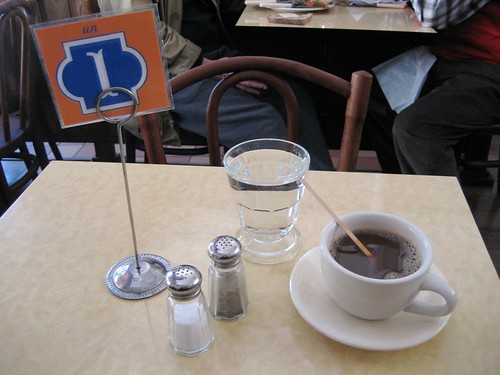Finding the shoe that fits
A recent event at one our clients started this thought. They had to make a decision regarding a certain individual. It's one of the unenviable tasks as a manager that inevitably we have to let someone go. The toughest ones are not the blatant incompetances that lead to those decisions but the ones that nag at you day in and day out. Something isn't right, you feel it in your gut. You try and coach the individual, and when that fails, we work around him or her. And finally, you realize that both of you spend so much time and anguish making it work that you're forced to end it. Invariably when you do, you wonder why you took so long to do the right thing. I have my theories.
I think we prolong it for a couple of reasons, we feel guilty having to make that cut, we feel responsible for causing harm to someone's life, we dread the idea someone may hate us for it and probably most important is our ego, we feel we have failed, let down ourselves, the other party and the company.
The reality is whether it is a company, an employee or a friend, there is never any guarantee there will be a fit and even if there was it may no longer be true. A shoe that doesn't fit may look terrific on someone else's foot and sometimes shoes stop fitting. Like our garages and basements, we keep so much stuff in our lives that no longer fit and then complain when we keep tripping over them.
I think it is a much healthier and happier outlook to life to treat relationships like shoes, some fit for life, some fit for a while, some were never meant to be worn by you. Some shoes pinch when new and some stop being comfortable after a while. But we never get angry or blame our shoes and we never blame ourselves when the shoe stops fitting. And every now and then we take out an old shoe and remember the good (and bad). We never buy shoes thinking there is one one pair in our cupboard or it is forever. But we never wear them thinking it won't be.
Maybe that should be my life philosophy, find the shoe that fits (at least for a while).
 shoe that fits
shoe that fits



















